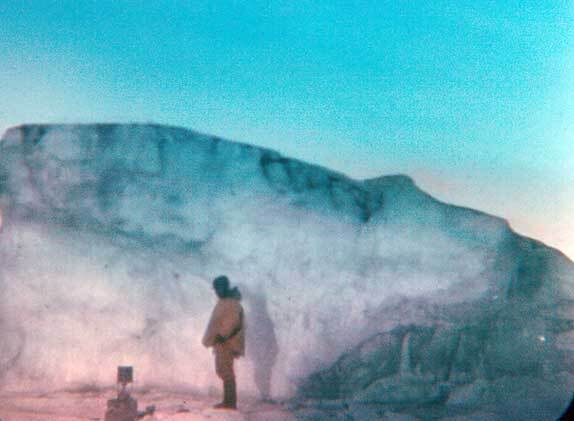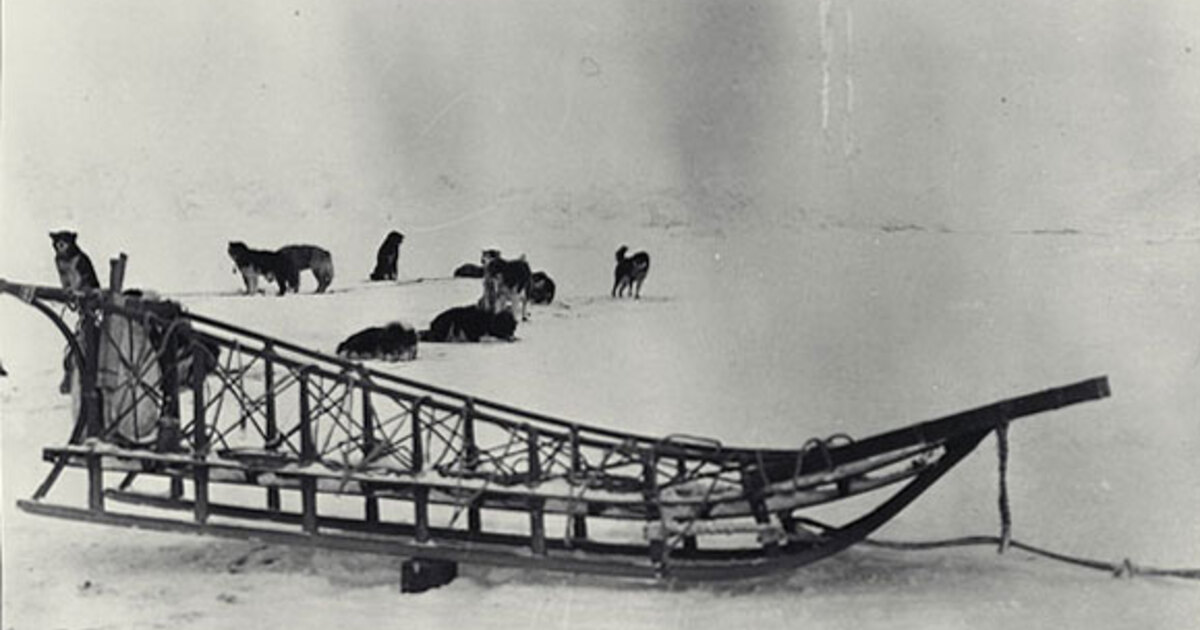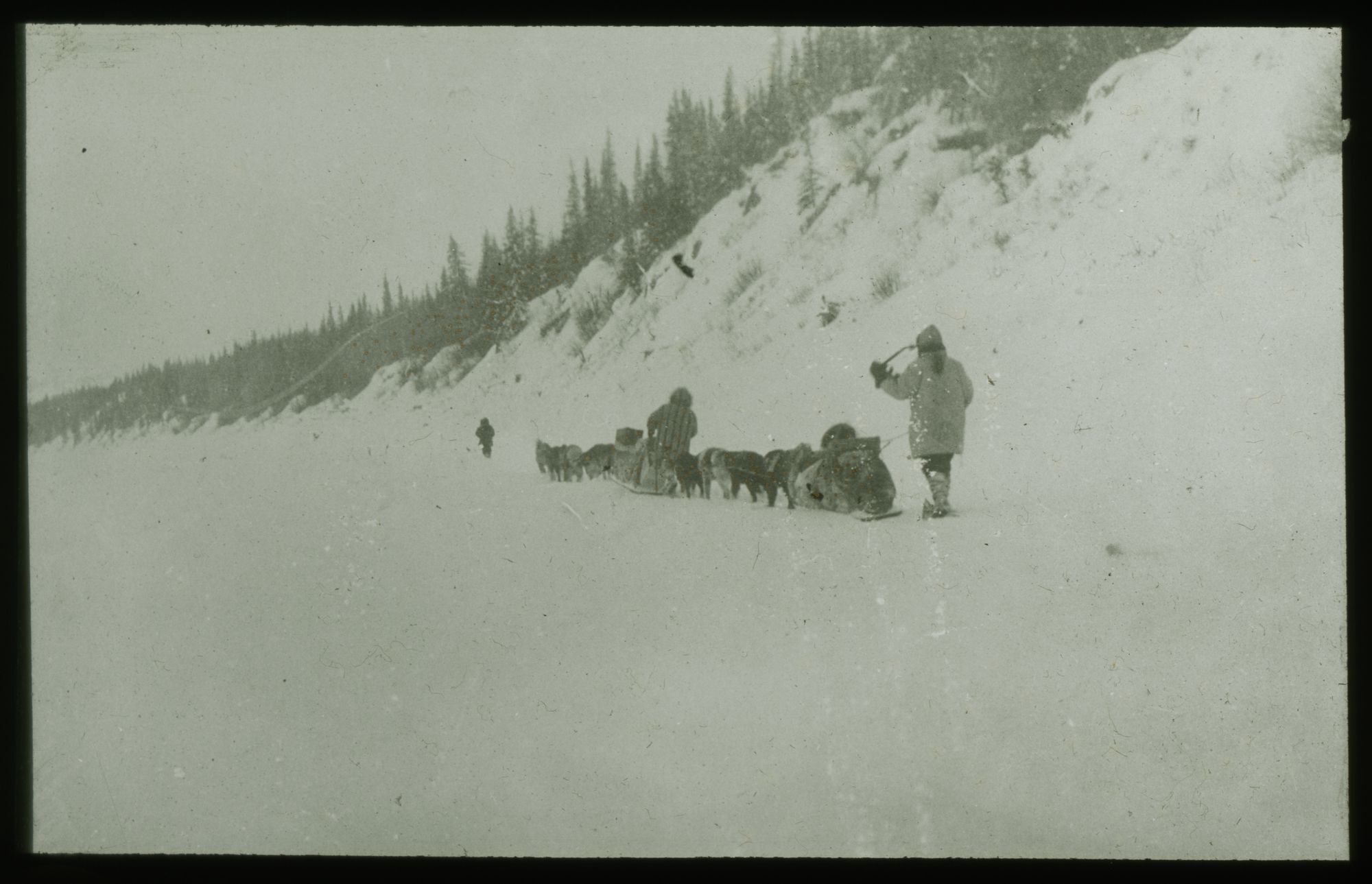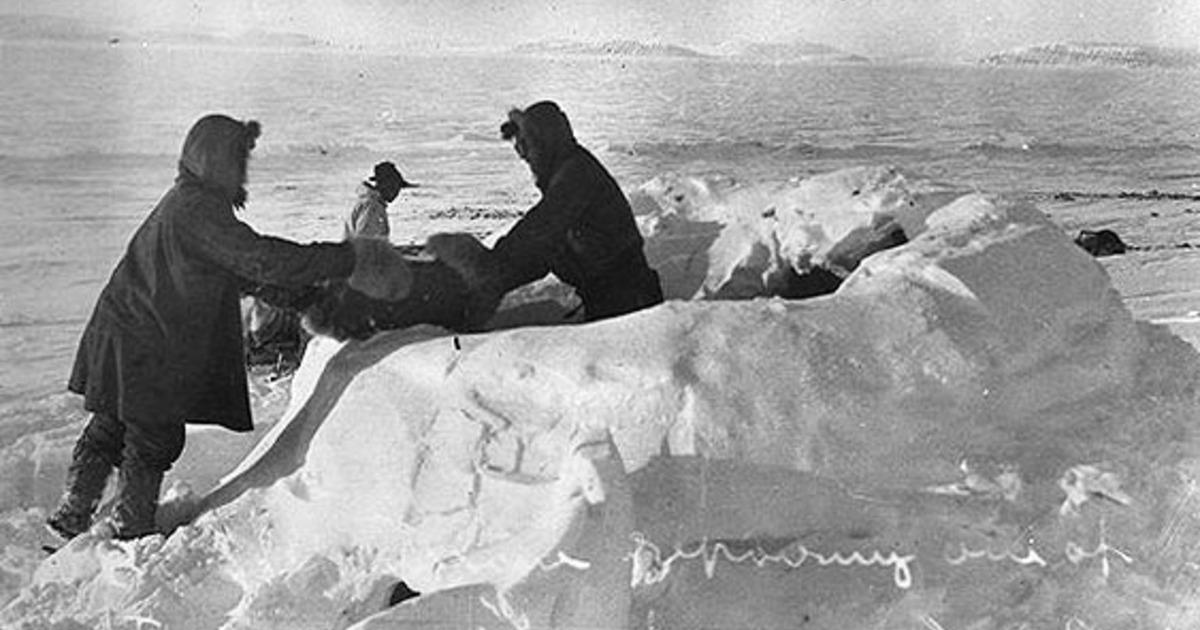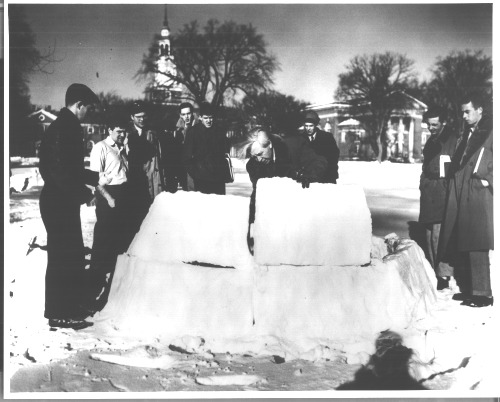Exploration Techniques and Technologies
Invented just before the turn of the 20th century, Primus stoves were a staple utensil for melting snow and ice for drinking water and cooking meals during Arctic expeditions. Even in extreme temperatures of -45 degrees, a Primus stove could boil water in 4 minutes, making it an invaluable and reliable part of explorers' toolkit [1]. The stoves were inexpensive to purchase and easy to clean and repair during expeditions. They were used by explorers including Stefansson and Peary.
Stefansson and other explorers used the Nome sled -- a type of sled designed for transportation over snow and ice. These sleds had sturdy wooden frames with skis on the bottom enabling smooth gliding over the challenging Arctic terrain. Stefansson modified his Nome sleds to be able to travel over deep snow by adding an additional layer of wooden slats beneath the sled's cross-pieces [1]. This improvement prevented the sleds from dragging in deep snow, enhancing their efficiency and maneuverability. When crossing thin ice, Stefansson determined that sleds with longer runners would better distrubute the weight and prevent breaking the ice.
Dogs were the engines that kept expeditions moving through rough arctic terrain. Quality sled dogs could be purchased for around $30 in the early 20th century [2]. The ability and stamina of the dogs used was crucial to the success or failure of an expedition. Stefannson was adament that high performing and poor performing dogs should never be mixed in a crew, and advocated getting rid of any dog that did not pull his weight:
"If you must buy dogs by the job lot, buy twice as many as you need and have at least one good dog man to try out the whole lot at the first opportunity. Throw out the worthless and even the poor, and grade the good ones into teams, keeping the best for the severest tasks." [2]
Traditional snow houses, which were generally warmer than tents, were used in the winter by explorers setting up camp. The structures offered durability and improved insulation for explorers seeking refuge from the harsh Arctic conditions. The snow houses were reusable night after night, but too much heat generated by the occupants of the house could cause the structure to melt, requiring frequent maintainence on the houses. Later, while teaching at Dartmouth, Stefansson constructed snow houses on the college green as part of his arctic education efforts. Stefansson insisted, however, that not all indigenous people in the north lived in snow houses; this was one of the arctic myths that he sougth to root out in with his lectures and public speaking tours [3].
Sources
[1] - Gray, D. "Travel Technology of the Canadian Arctic Expedition 1913-1918." Canadian Museum of History. https://www.historymuseum.ca/cmc/exhibitions/hist/cae/tec80e.html
[2] - Stefansson, V. “The Technique of Arctic Winter Travel.” Bulletin of the American Geographical Society 44, no. 5 (1912): 340–47. https://doi.org/10.2307/199823.
[3] - Hilliard, J. "Arctic Images: Portraying a 'Friendly Arctic.'" Dartmouth College Library (2009). https://www.dartmouth.edu/library/digital/collections/photographs/ocn237336112/friendlyarctic.html

